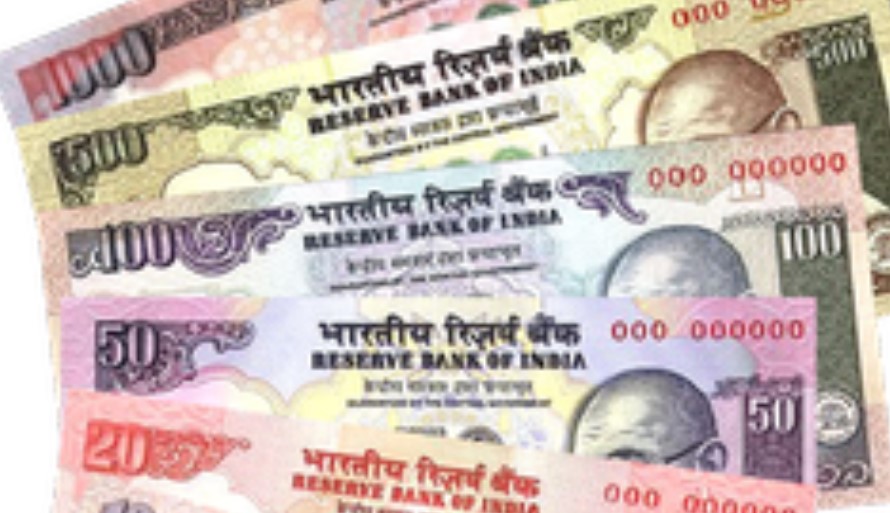
(Photo : wikipedia)
- India's economy is projected to grow between 7 and 7.2 percent in the fiscal year 2024-2025, according to Deloitte.
- Growth is expected to be driven by increased consumer spending, particularly in rural areas, and higher capital inflows.
- The government's focus on manufacturing and youth employability, along with India's young population, presents a unique opportunity for economic growth.
- Despite global trends and internal challenges, India's economy shows signs of resilience and growth, with a thriving startup ecosystem and a shift towards clean energy.
India's economy is projected to grow between 7 and 7.2 percent in the fiscal year 2024-2025, according to a report by Deloitte. This projection aligns with the Reserve Bank of India's (RBI) prediction of the country witnessing real GDP growth at 7.2 percent for FY25. Despite the slowest growth rate in five quarters at 6.7 percent year over year in the April-to-June quarter, India remains one of the world's fastest-growing large economies. Deloitte's analysis predicts continued strength in the year ahead.
The report also highlights that growth is likely to pick up, driven by increasing consumer spending, especially in rural India, as inflation subsides, and agricultural output improves after favourable monsoon conditions. The country may benefit from higher capital inflows, translating into long-term investment and job opportunities as multinational companies around the world look to reduce operational costs further.
The government's focus on boosting manufacturing and improving youth employability, coupled with India's young and aspirational population, presents a unique opportunity for economic growth. As the country advances toward becoming a $5 trillion economy by fiscal 2027 to 2028, expanding manufacturing and emerging industries and transitioning toward clean-energy alternatives are likely to create high-quality, formal, and green jobs.
India's Economic Outlook Amid Global Trends
In the global context, the clean energy future is arriving faster than anticipated. In China, which already leads the world in the sheer amount of electricity produced by wind and solar power, is expected to double its capacity by 2025, five years ahead of schedule. In Britain, roughly one-third of electricity is generated by wind, solar and hydropower. And in the United States, 23 percent of electricity is expected to come from renewable sources this year, up 10 percentage points from a decade ago.
However, India's slightly slower growth in the subsequent year will likely be tied to broader global trends, including sluggish growth and a delayed synchronous recovery in the West, as anticipated earlier. The country needs to navigate these global trends and internal challenges to maintain its economic momentum.
Rural consumption spending is rebounding due to moderating inflation, specifically in food. Better rainfall and all-time high production and stock of kharif crops point to robust agricultural output this year, thereby further pushing rural demand. This will likely factor into spending during festive months and beyond.
The Thriving Indian Startup Ecosystem
The Indian startup ecosystem has also been receiving increased attention. The number of startups has increased fast and more support has become available in all dimensions. Startups have been driven by their passion, curiosity, satisfaction that comes from problem-solving, and desire to make a difference in society. Many Indian founders have previously worked at a corporate environment, but despite the stability in those jobs and the benefits of high salaries and other perks, they perceived those jobs as constraining to their creativity. A lack of identification with a corporate culture often leads them to create something on their own, which enables them to define their own values and control their own direction.
* This is a contributed article and this content does not necessarily represent the views of btin.co.in









